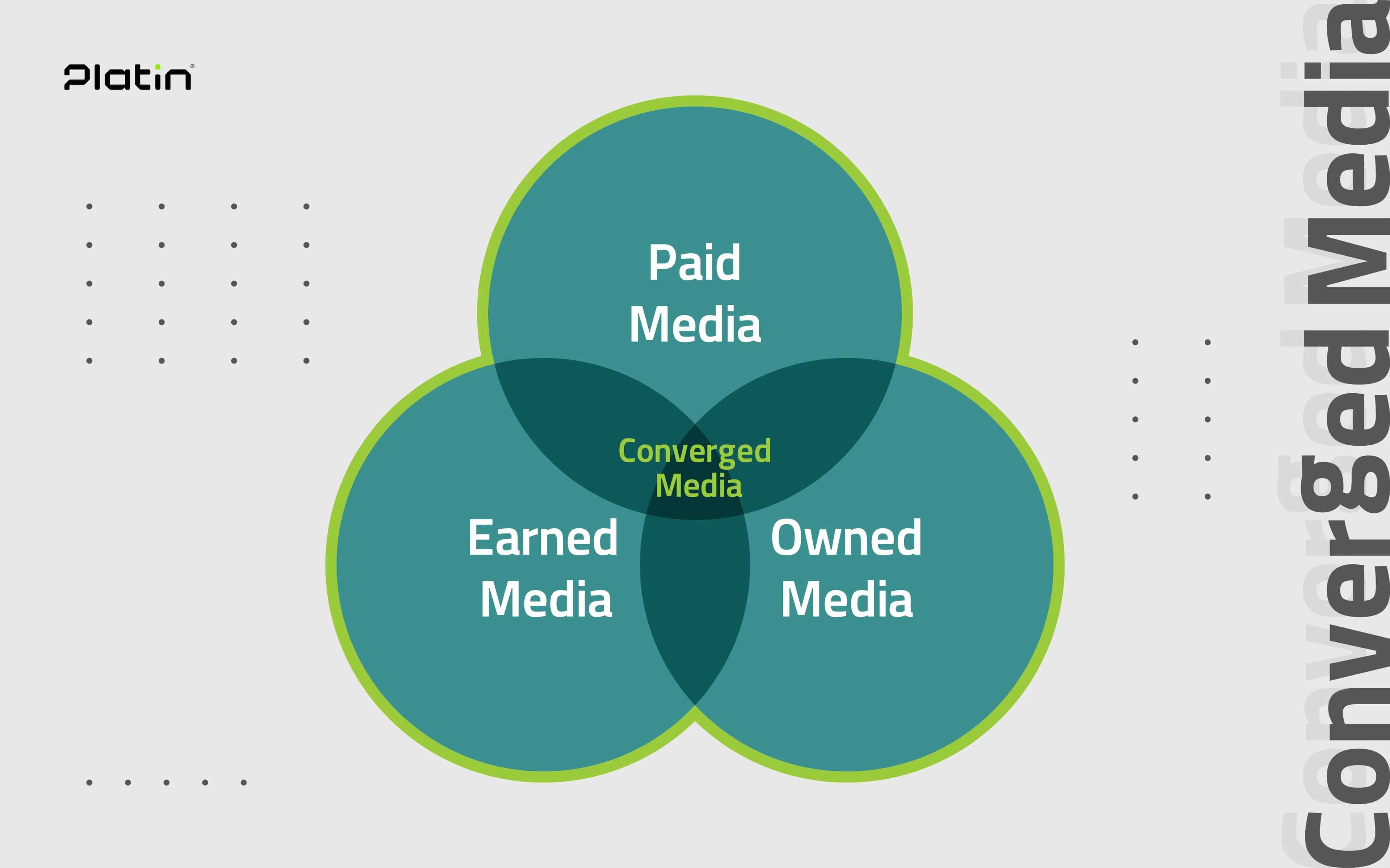Converged Media: A New Strategy to Enhance Media Impact in Marketing Industry
Return to Blogs Introduction
IntroductionWith advances in technology and the growing variety of communication tools, successful brands continually seek innovative strategies to engage with their audiences. One such effective approach is Converged Media, a concept that refers to the intelligent integration of Paid, Owned, and Earned Media to create a seamless and cohesive experience for audiences. This article explores the concept, importance, and implementation of a converged media strategy.
What Is Converged Media?Converged media refers to the harmonious combination of Paid, Owned, and Earned media. While each type has distinct characteristics, their integration can significantly amplify a brand’s influence.
1. Paid Media
This includes advertising for which brands pay to disseminate their messages. Examples include pay-per-click (PPC) ads, social media advertisements, display banners, and mobile search ads. Paid media is effective for achieving short-term visibility and broad reach but often requires complementary strategies to maintain long-term engagement.
2. Owned Media
These are channels that the brand owns and controls, such as websites, social media pages, blogs, apps, and email marketing. Owned media offers brands an opportunity to build enduring relationships with their audiences by consistently communicating their values and messages.
3. Earned Media
This encompasses organic feedback, reviews, and shares generated by customers and audiences. Earned media is highly credible because it stems from consumer trust and positive experiences with the brand. In essence, it reflects the satisfaction and loyalty of customers toward a brand.
 The Importance of Converged Media
The Importance of Converged MediaConverged media plays a pivotal role in modern marketing due to its ability to create a unified and comprehensive experience for audiences. Its benefits include:
Enhancing Trust and Engagement
By integrating Paid, Owned, and Earned media, brands can deliver cohesive messages across all channels. This consistency fosters trust and encourages greater interaction with the brand.
Leveraging Customer Feedback
By aligning paid advertising with organic feedback and owned content, brands can build credibility. For instance, when advertisements align with real customer reviews and social media content, audiences are more likely to trust and engage with the brand. Efficient Use of Resources
Efficient Use of Resources
Converged media helps brands optimize their resources by reducing dependency on extensive paid campaigns and leveraging organic and owned assets. This not only improves return on investment (ROI) but also ensures cost-effective marketing strategies.
Implementing a successful converged media strategy requires careful planning and coordination:
1. Understand Your Audience
Conduct a thorough analysis to identify target audiences and tailor messages to resonate with their needs and preferences.
2. Create Unified Content
Develop content that is consistent across all channels while strengthening the brand’s identity. This content should capture audience attention while reinforcing the brand message.
3. Leverage Advanced Tools
Utilize tools like content management systems (CMS), campaign management platforms, and social CRM solutions to streamline content distribution across various channels. These technologies also help in collecting and analyzing customer feedback.
4. Continuous Measurement and Optimization
Regularly evaluate campaign performance and audience feedback to refine strategies. By analyzing metrics and adjusting tactics, brands can achieve better outcomes and improve their converged media efforts.
 Conclusion
ConclusionConverged media is an innovative and impactful approach in the marketing world, enabling brands to create cohesive and unified experiences for their audiences. By intelligently integrating Paid, Owned, and Earned media, brands can foster trust, enhance their credibility, and optimize their resources. Implementing this strategy requires precise planning, advanced technology, and ongoing performance evaluation, helping brands achieve their marketing goals and strengthen their position in the competitive landscape.